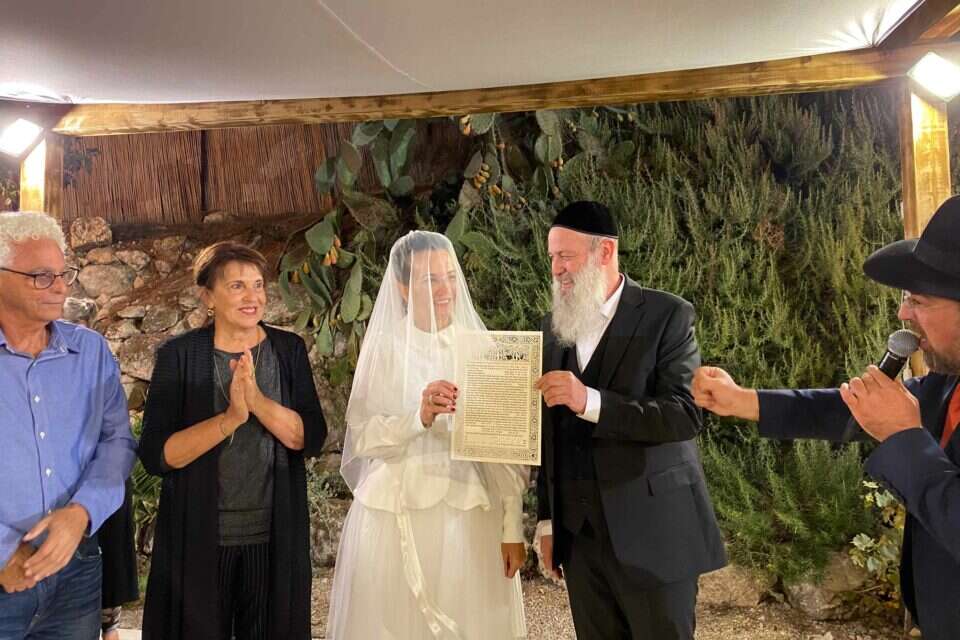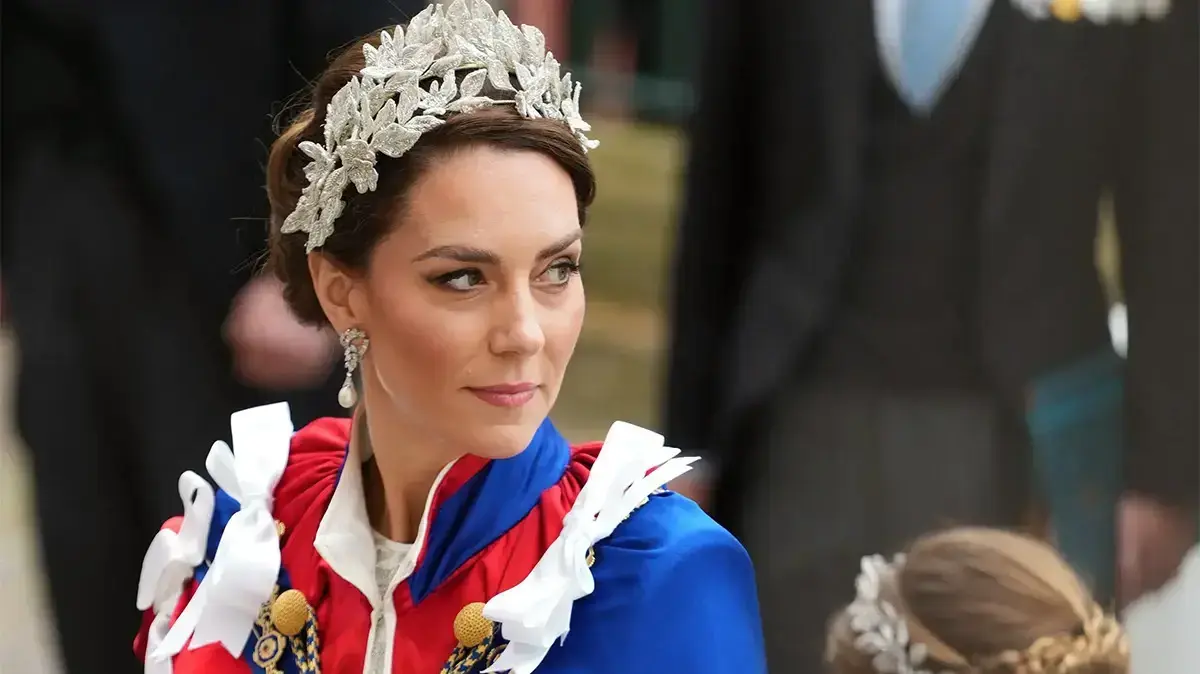This year's wedding, which was published in the various media networks, dealt with the marriage of celebrities.
The groom - actor, singer and creator Shuli Rand, and the celebrated bride, Scout Grant, present various programs on television.
The articles that accompanied the couple dealt with, among other things, the nature of the wedding, which required the unique approval of 100 rabbis, in order to allow the groom to marry another woman over his wife, in light of difficulties in realizing the divorce proceedings from his previous spouse.
Today both halakhah and law do not allow for easy marriage to multiple spouses.
Of course we do not pretend to get into the depths of the marital conflicts of the parties, but rather the essence of the marriage with a second wife nowadays which is perceived as highly exceptional.
Why are we so excited about the subject?
After all, the roots of our nation are based on the idea of 'polygyny' marriage, ie marriage of one man to several women (polyandry - polygamy for one woman, which is forbidden according to Jewish law. Polygamy - the general name for polyandry and polygamy). It is read in the synagogues (and went out), where it is told about the marriage of our ancestor Jacob to Rachel and Leah, when their lesser Zelfa and Bilha stand by their side and help put the twelve tribes together.
The canopy ceremony of Shuli Rand and Scout Grant, Photo: No credit
In Jewish history it is known about many high-ranking people and many kings who were married to more than one woman.
In ancient times this was very common.
The Torah, and following the halakhah, demanded one thing from the serial husband - and that is a commitment to bear the family and marital burden on all its components, which include a proper married life, proper nutrition and clothing for all his wives and children, and other basic needs such as jewelry, shelter and more.
In this way King Solomon married, for example, his hundreds of wives and concubines.
Various reasons were given for the permission to marry several women, such as having multiple births, dealing with infertility in the first wife and sometimes even this was used to strengthen diplomacy and expand the family branches.
As long as the husband knew how to meet these conditions he was allowed to marry another wife over his wives.
As early as the Second Temple period, however, the number of cases in which one man married more than one woman was greatly reduced, but this still existed.
One of the noble stories of the use of this permit is given in the appendix in the Tractate Ketubot, about R. Tarpon who was Cohen and in order to allow as many women as possible to eat properly he carried 300 women (!!!).
His goal was that as Cohen wives they too could eat the donation.
But over the course of the economically complex generations and the development of the modern world it has been difficult to adequately address and meet the emotional, moral and economic commitment to the multiplicity of women and the phenomenon has waned.
In 1000 AD, binding regulations were amended in the Ashkenazi lands by Rabbi Gershom, who was considered the light of the Diaspora.
"Since we in the Diaspora are preoccupied and poor and all our money on the deer horn, they feared and worked hard for the daughters of Israel who would have many wives and give birth to many sons he would not be able to satisfy," he stated.
There was also a fear that polygamy would cause incessant quarrels at home.
In view of this the marriage of another woman was forbidden to his wife.
This was legally binding in the Ashkenazi and Provence countries at the time.
(Germany, France and more) and to this day.
Although the validity of the installation has expired, it has been adopted by previous generations, and in the opinion of most Ashkenazis, the prohibition remains the same.
In contrast, in the rest of the world the regulation was never adopted and so the Sephardim and Jews in the Islamic countries married a number of women.
The extension of the ban to all ethnic groups probably stemmed from the alignment of halakhic policy with constitutional policy in Israel and throughout the Western world.
In 1950, with the arrival of the various aliyahs in Israel, and in order to establish uniformity in policy, the Chief Rabbinate amended the 'Jerusalem Boycott'.
At the meeting of the Chief Rabbinate, it was stated: "A man and a woman from Israel may not marry or marry a second wife for his first wife, unless with an approved marriage permit signed by the chief rabbis in Israel."
This regulation is in line with Israeli law.
Women in Maabarah, Photo: GPO
Nine years later, in 1959, polygamy was banned under the Penal Code in Israel: "A married person who marries another woman, and a married woman who marries another man, is liable to five years' imprisonment."
However it is not forbidden to live a married and family life with several women.
In practice, the law does not abolish the validity of such marriages, and the National Insurance Institute even pays an income support allowance for polygamous families, taking into account and adding payment according to the number of women.
According to a report published in 2014 by the Knesset Research and Information Center, among Bedouin families living in the south of the country, the extent of leading a polygamous lifestyle is estimated at more than 30 percent. This is not defined as a violation of the law, among other things Reported.
Today the permit for Jews to marry several women is by the Chief Rabbinate, and accordingly in accordance with the law to marry, and provided that one hundred rabbis sign the permit.
The demand for such broad support and not to settle for an ordinary court is rooted in the ancient regulations of Rabbi Gershom and stemmed mainly from the difficulty of obtaining a permit and thus instilling for generations the importance of avoiding carrying two wives and as stated in Halacha: "The demand for a hundred rabbis makes the case public, and prevents people from taking it easy."
The prestige of the woman and her status, in a world where there are desire processes in every field, are very important, so today the permit is extremely rare and is intended mainly for use in stressful situations where there is no adequate solution, such as refusal of divorce by women.
Rabbi Shraga Natan Dahan is an officer in the Res. Holds a master's degree in technology and is certified as a rabbi and judge. Serves as a consultant and lecturer in public, security, educational and scientific bodies on the subject of halakhah, technology, medicine, science and space.









